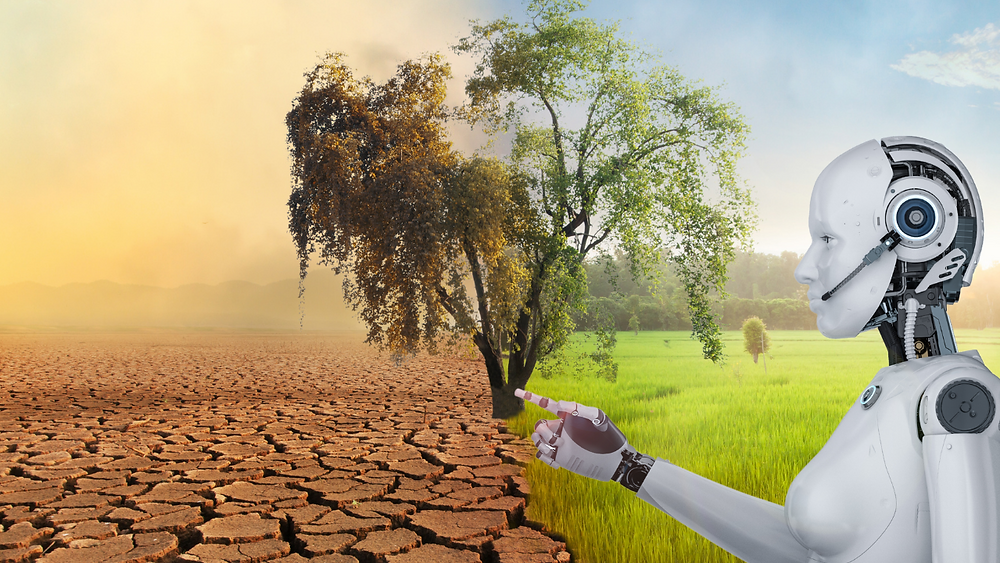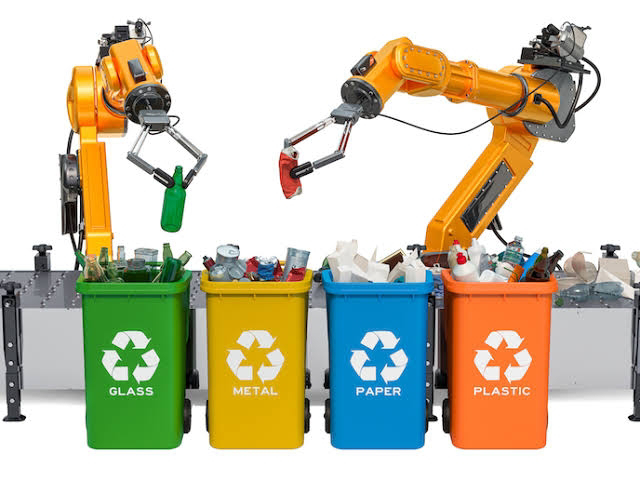From Sci-Fi to Reality: 5 AI and Robotics Solutions Saving the Planet
Harnessing the Power of Technology to Tackle Climate Change
Artificial intelligence (AI) and robotics are no longer the stuff of science fiction. These cutting-edge technologies are rapidly evolving and finding real-world applications in various sectors, including environmental protection. As the world grapples with the urgent challenge of climate change, AI and robotics are emerging as powerful tools for developing innovative solutions to safeguard the planet.
1. AI-powered Environmental Monitoring
Traditionally, environmental monitoring has relied on manual data collection, which can be time-consuming, labor-intensive, and prone to inaccuracies. AI-powered drones and satellites equipped with advanced sensors are now revolutionizing environmental monitoring. These aerial platforms can collect vast amounts of data on factors like air quality, water pollution, and deforestation in real-time. AI algorithms can then analyze this data to identify environmental trends, predict potential problems, and inform effective conservation strategies.
2. Robotic Waste Management
Waste management is a critical environmental concern, with landfills overflowing and pollution from improper waste disposal reaching alarming levels. Robotics is playing a crucial role in developing more efficient and sustainable waste management solutions. Robotic sorting systems can accurately segregate different waste streams, facilitating recycling and reducing landfill waste. Autonomous garbage trucks can optimize waste collection routes, minimizing fuel consumption and emissions.
3. AI for Renewable Energy Optimization
The transition to renewable energy sources like solar and wind power is essential for curbing greenhouse gas emissions. However, integrating these intermittent sources into the energy grid can be challenging. AI algorithms can help optimize renewable energy production and consumption by forecasting weather patterns, managing energy storage systems, and dynamically adjusting electricity distribution. This can lead to a more stable and reliable grid powered by clean energy.
4. Robotics for Ecosystem Restoration
Habitat restoration is vital for preserving biodiversity and mitigating the effects of climate change. Robots are being increasingly deployed in challenging environments to perform tasks like planting trees, removing invasive species, and restoring degraded ecosystems. These robots can operate in hazardous or remote areas, making them ideal for large-scale restoration projects.
5. AI-powered Climate Change Modeling
Understanding the complex dynamics of climate change is crucial for predicting its future impacts and developing effective mitigation strategies. AI algorithms are being used to analyze vast amounts of climate data from various sources, including satellites, weather stations, and ocean buoys. This data can be used to build sophisticated climate models that can simulate future climate scenarios and inform policy decisions aimed at reducing greenhouse gas emissions and adapting to the changing climate.
The potential of AI and robotics in tackling climate change is immense. As these technologies continue to evolve and become more sophisticated, we can expect to see even more innovative solutions emerge. By harnessing the power of AI and robotics, we can move closer to a more sustainable future for our planet.
It is important to note that while AI and robotics offer promising solutions for environmental challenges, they are not silver bullets. These technologies should be implemented ethically and responsibly, with due consideration for their potential social and environmental impacts. Additionally, it is crucial to ensure equitable access to the benefits of these technologies so that everyone can contribute to and benefit from a sustainable future.






